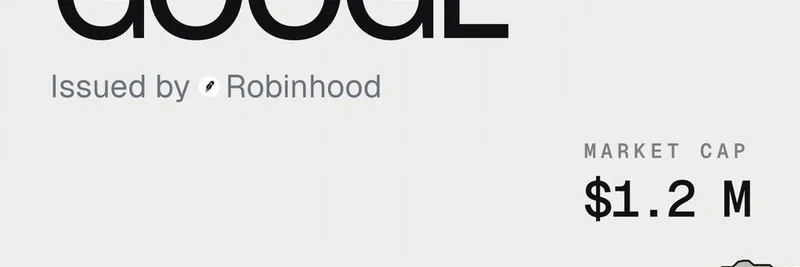The Spark: A Provocative Take on L2s
Hey there, crypto enthusiasts! If you've been scrolling through X (formerly Twitter) lately, you might have stumbled upon a heated debate kicked off by John Galt (@lurkaroundfind). In his post, he boldly declared that the "L2 thesis is dead" because big fintech players like Tether, Stripe, and Circle are launching their own Layer 1 (L1) blockchains to rival Ethereum. His reasoning? When you're dealing with centralized assets like fiat stablecoins or real-world assets (RWAs), the security promises of Layer 2 (L2) solutions don't hold much water since those assets are centralized anyway.
But hold up—Kydo (@0xkydo), a key figure at EigenLayer and a veteran in the space, flipped the script in his response thread. Instead of mourning the end of L2s, he argues this trend is the "most bullish thing for Ethereum." Let's dive into why, breaking it down in simple terms so even if you're new to blockchain, you can follow along.
Understanding the Split: Censorship Resistance vs. Permissioned Chains
First off, what's all this talk about L1s and L2s? Think of Layer 1 as the base blockchain—like Ethereum itself—where all the core rules and security live. Layer 2s are like add-ons built on top of L1s (e.g., rollups on Ethereum) that make transactions faster and cheaper while inheriting the base layer's security.
Kydo points out that the world of blockchains is polarizing into two extremes: infinite censorship resistance or zero censorship resistance. Censorship resistance means no single entity can stop or alter transactions—it's the holy grail of decentralization, ensuring your funds and actions are truly unstoppable.
People often think of decentralization as a spectrum, where you can have "just enough" to get by. But in reality, it's more binary. If a chain can censor at all (even a little), it might as well be fully centralized because users, regulators, and partners will treat it that way. This forces a choice: go all-in on unstoppable tech like Ethereum and its rollups, or embrace fully permissioned systems where control is in the hands of a few (like these new fintech L1s).
Why does this matter? Fintech giants launching their own L1s aren't killing Ethereum; they're validating the need for a truly neutral, censorship-resistant alternative. If you need your app or token to run without interference—say, for decentralized finance (DeFi) or even edgy meme tokens that push cultural boundaries—Ethereum is your go-to.
The Squeeze on the Middle Ground
Kydo nails it when he says the "middle" chains—like Aptos, Sui, or Avalanche— are getting squeezed out. These try to offer a bit of decentralization without going full throttle, but they end up in no-man's-land. They're not as secure or neutral as Ethereum, nor as efficient and compliant as fully centralized options.
History backs this up. Remember AOL's closed internet portals in the 90s? They faded as the open web exploded. Or proprietary software that tried to mimic open-source but couldn't compete. The same dynamic is playing out in crypto: hybrids lose to pure extremes.
In the responses to Kydo's thread, folks like @FigoETH question why use blockchain at all if it's not secure, suggesting centralized alternatives like AWS instances. Others, like @0xtygra, echo that Ethereum L2s (boosted by tech like zero-knowledge proofs for massive TPS—transactions per second) and fully centralized L1s will dominate, leaving the middle irrelevant.
Bullish Implications for Ethereum and Meme Tokens
So, why is this bullish for Ethereum? As more traditional players enter with permissioned chains, it highlights Ethereum's unique value: a credibly neutral platform where anyone can build without fear of shutdowns. This is huge for the meme token ecosystem, which thrives on Ethereum and its L2s. Memes often satirize or challenge norms, and censorship resistance ensures they can't be easily silenced—unlike on chains where a central authority might pull the plug.
For blockchain practitioners, this bifurcation means focusing on Ethereum's stack for long-term wins. Tools like EigenLayer (where Kydo works) enhance data availability and security for rollups, making Ethereum even stronger. If you're into meme tokens, this setup supports viral, community-driven projects that scale without compromising decentralization.
Threads like this remind us crypto isn't just about prices—it's about building resilient systems. What do you think? Is the L2 thesis alive and kicking, or are we headed for a two-world future? Drop your takes in the comments below, and stay tuned to Meme Insider for more insights on how these trends impact the wild world of meme tokens and beyond.



